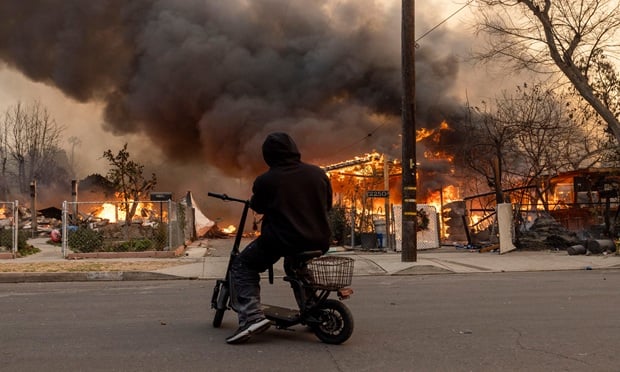Modeler EQECAT said Typhoon Megi is expected to cause $500 million to $1 billion in economic damages in China after having causing extensive damage and 27 deaths earlier in the week in the Philippines.
Megi could impact several major cities and Chinese products, such as garments, plastic, ceramics, stainless steel and toys, EQECAT said last Wednesday when the storm was in the South China Sea with maximum sustained winds of 109 mph–the equivalent of a Category 2 hurricane.
 EQECAT said its range of estimates for economic damage included property assets, building and contents from residential, commercial, industrial and agricultural sectors, but not government property, infrastructure, crops or livestock. The estimates also do not include loss of income.
EQECAT said its range of estimates for economic damage included property assets, building and contents from residential, commercial, industrial and agricultural sectors, but not government property, infrastructure, crops or livestock. The estimates also do not include loss of income.
The Oakland, Calif.-based modeling firm said insurance losses are expected to be far lower than economic losses due to low insurance penetration in the affected areas.
The story on insurance losses was similar for the Philippines, according to other modeling firms who put out reports earlier in the week. On Oct. 18, Megi struck the Philippines as a Super Typhoon, but AIR Worldwide put insured losses at less than $150 million.
The overall insurance penetration on the islands is only about 15 percent, AIR said. The storm's strongest winds avoided the capital of Manila, where there is the highest concentration of insurance, AIR added.
Crop losses are not included in the loss estimate. The area affected by the storm is one of the country's main rice-growing regions, said modeler Risk Management Solutions.
The provinces of Isabela and Cagayan were the most affected by Megi, and it was reported that nearly all communications were down. Because of this fact, the full extent of damages were unknown, but reports indicate some homes lost roofs, and trees and utility poles were toppled by the strongest tropical cyclone to be recorded in the world this year, according to RMS.
The storm had maximum sustained winds of 178 mph on Oct. 17 and made landfall near Divilacan Bay on Oct. 18 as a Category 5 typhoon with winds of 168 mph.
Turning to China, RMS said the storm was expected to make landfall in China on Friday, Oct. 22 or early Saturday, Oct. 23 as a typhoon equivalent to a Category 1 hurricane.
According to the latest track forecast issued on Thursday by the Joint Typhoon Warning Centre, Megi was expected to make landfall about 180 miles northeast of Hong Kong. There was some uncertainty with the track forecast, however, which had an “uncertainty cone” of 400 miles.
AIR said Megi is the 13th named storm of the Northwest Pacific storm season–a much lower count than the average of 30 named storms. No season in history has seen fewer than 22 storms.
Super Typhoon Mike had sustained winds of about 140 mph when it made landfall in the Philippines in November 1990. The storm caused about $365 million in today's dollars, making it the most expensive in the history of the islands.
Want to continue reading?
Become a Free PropertyCasualty360 Digital Reader
Your access to unlimited PropertyCasualty360 content isn’t changing.
Once you are an ALM digital member, you’ll receive:
- Breaking insurance news and analysis, on-site and via our newsletters and custom alerts
- Weekly Insurance Speak podcast featuring exclusive interviews with industry leaders
- Educational webcasts, white papers, and ebooks from industry thought leaders
- Critical converage of the employee benefits and financial advisory markets on our other ALM sites, BenefitsPRO and ThinkAdvisor
Already have an account? Sign In Now
© 2025 ALM Global, LLC, All Rights Reserved. Request academic re-use from www.copyright.com. All other uses, submit a request to [email protected]. For more information visit Asset & Logo Licensing.








